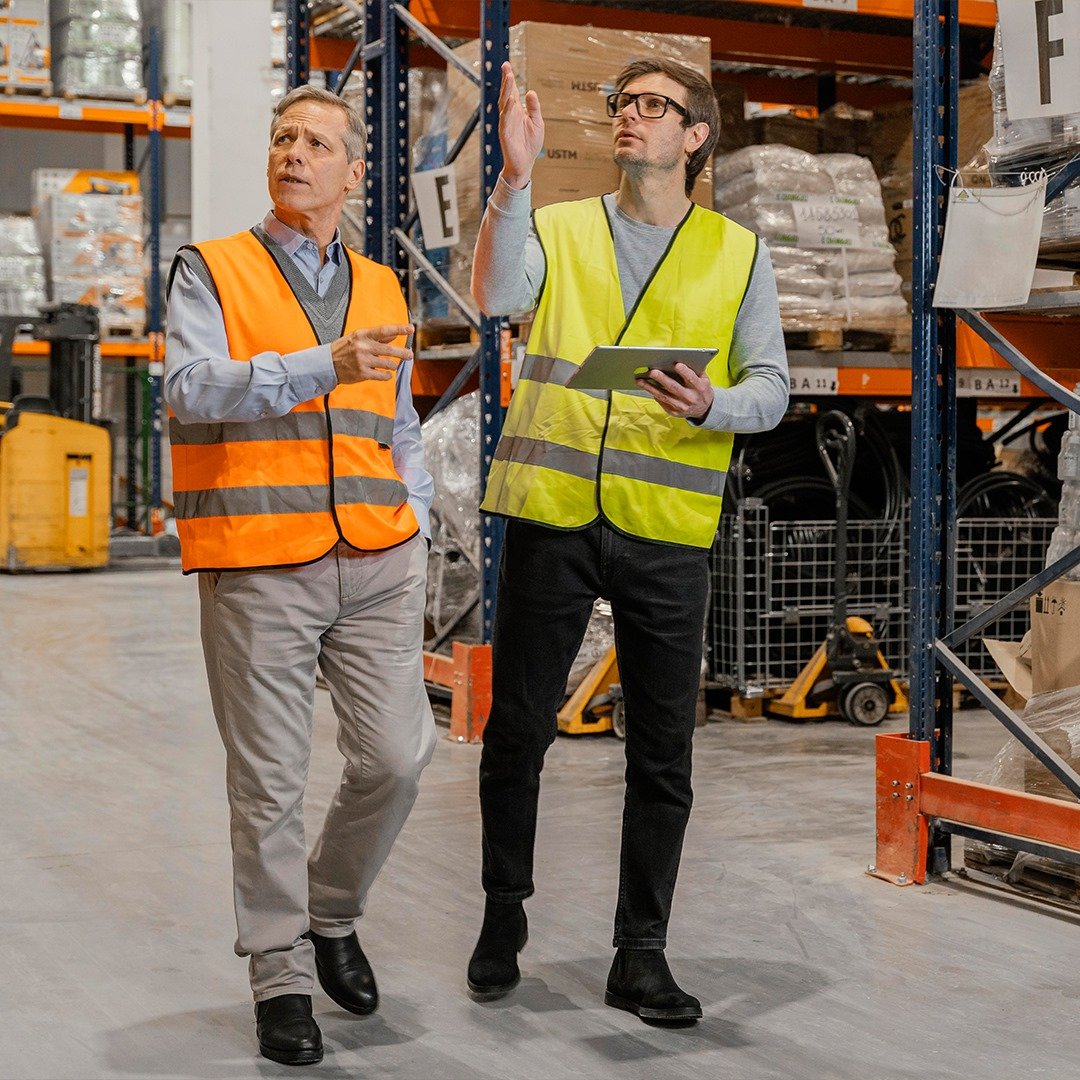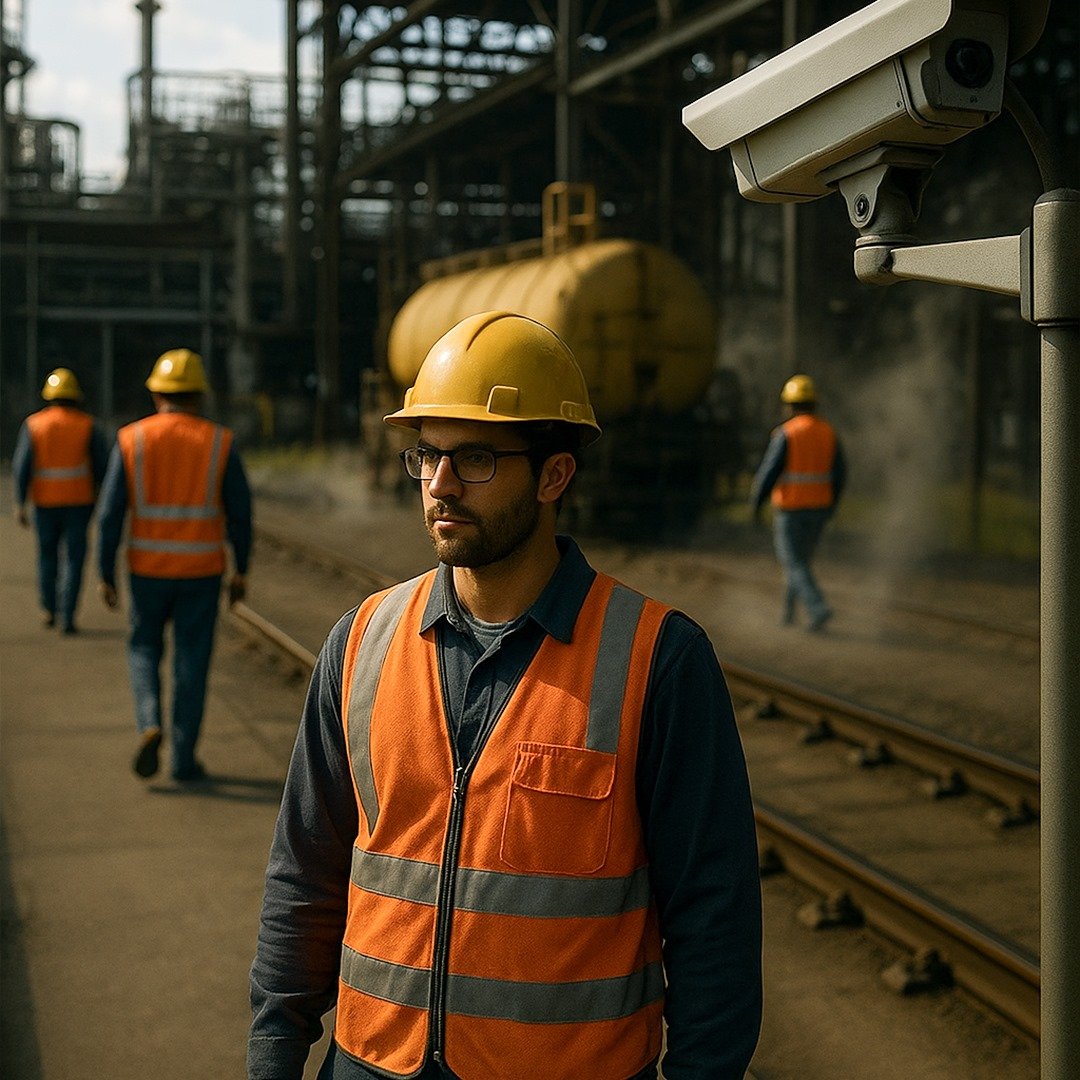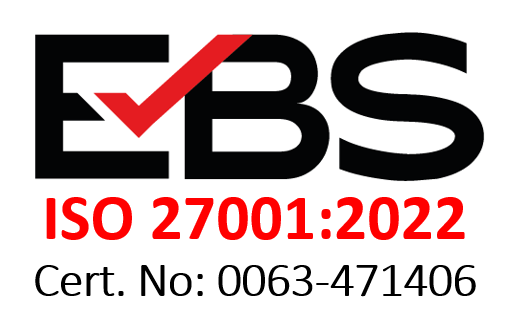Proactive Versus Reactive: Understanding the Difference in Health & Safety Management
Introduction
Every workplace wants to keep its people safe. But how a company handles safety can make a big difference. Some only take action after something goes wrong; that’s a reactive approach. Others work to prevent problems before they happen, which is called a proactive approach. This is what we mean by proactive versus reactive in health and safety management.
But first, why does health and safety management matter so much?
Simple: it helps protect workers from injuries, accidents, and long-term health risks. Good safety management means fewer people get hurt, fewer workdays are lost, and companies avoid costly fines or legal trouble. It also shows that a business cares about its employees.
What is a Reactive Approach to Health and Safety Management?
A reactive approach to health and safety means responding to problems after they happen. Instead of preventing accidents, this approach focuses on dealing with the consequences, like investigating what went wrong, treating injuries, or repairing damaged equipment.
The primary focus is on solving problems that have already occurred and preventing them from happening again in the future. Some standard reactive safety measures include:
- Accident Reporting: When an accident takes place, the details must be fully recorded. This involves details like what happened, who was affected, where, and when the incident took place, and the actions that were taken as a response.
- Accident and Incident Investigations: Once an accident or incident is reported, an investigation takes place to identify what went wrong. This involves investigating the root cause of the accident, whether it was faulty equipment, lack of training, lack of proper communication, etc.
- Identifying Trends: Organizations often analyze past incidents to identify trends and patterns for future improvements.
- Post Incident Training: This kind of training takes place after an incident has occurred to avoid future incidents.
Together, these reactive safety measures form a response system that helps organizations take quick action once something has gone wrong. They are essential for damage control, for restoring normal operations, and for rebuilding trust among workers.
What is a Proactive Approach to Health and Safety Management?
A proactive approach to health and safety means taking action before something goes wrong. Instead of waiting for an accident or issue to happen, proactive workplaces focus on spotting risks early and preventing them. It’s all about staying one step ahead.
Imagine checking your car regularly, changing the oil, checking the brakes, and looking out for any warning signs, before it breaks down on the road. That’s being proactive. Some key strategies used in proactive safety management are:
- Proactive Inspections: Regular Inspections are carried out to find and fix hazards before they lead to harm.
- Audits and Procedure Checks: Internal safety audits review how well safety systems and policies are working.
- Monitoring Performance and Behaviour: Proactive safety includes watching how people work to notice habits or behaviours that might lead to accidents.
- Safety Coaching: Safety coaching involves actual engagement with employees where guidance is offered to them to build a safety-first mindset.
- Predictive Training: Proactive companies use predictive training programs to prepare workers for possible risks based on data and past trends.
- Hazard Spotting: Employees and supervisors are trained to actively look for and report potential hazards, even if no one has been hurt yet.
By using these proactive methods, organizations create a safer, more prepared workplace.
Proactive versus Reactive: Key Differences
Understanding the difference between a proactive and reactive approach to health and safety is critical for building a safer, more efficient workplace. While both approaches play a role in managing workplace risks, they differ significantly.
They differ in timing, where proactive measures take place before an event happens, and reactive measures take place after an event happens. Not only that, but they also differ in cost. Reactive safety measures are costly. Medical bills, regulatory fines, lawsuits, damaged equipment, etc., can all become very expensive for the organization. On the other hand, proactive measures may seem costly at first, but they are an investment that saves money in the long run.
You need proactive systems to stay ahead of risks, and reactive measures to respond when things still go wrong. Therefore, they complement each other, and thus a balance of both is necessary for a well-rounded safety program.
Why a Proactive Approach Is More Effective
A proactive approach to health and safety is more effective because it focuses on preventing accidents, injuries, and health issues before they ever occur. Instead of reacting to damage, it aims to eliminate risks at the source. This not only keeps employees safer but also creates a more stable and efficient workplace.
By identifying hazards, regularly inspecting workspaces, training teams ahead of time, and encouraging open conversations about risk, proactive safety creates a culture where everyone is alert, involved, and prepared.
Proactive measures reduce the likelihood of unexpected downtime, legal trouble, and costly emergency responses. Yes, it might take more effort upfront. It means scheduling regular safety checks, offering training, reviewing processes, and staying alert even when everything seems fine. But that investment pays off massively, with fewer injuries, fewer shutdowns, lower insurance claims, and a team that feels genuinely protected.
When Reactive Strategies Are Still Necessary
While proactive safety management is the ideal, the reality is that no system is perfect. Accidents can still happen, and unexpected risks can surface despite the best preventive measures. That’s where reactive strategies become essential.
When an incident occurs, be it an injury, equipment failure, or near miss, reactive steps allow organizations to respond quickly, investigate the root cause, and take immediate corrective action. These responses are crucial for restoring safety, reassuring workers, and ensuring that similar issues don’t repeat. Reactive strategies also serve an essential role in meeting legal obligations, filing insurance claims, and documenting workplace events for compliance.
The key is not to rely solely on reactive management, but to use it as a valuable learning opportunity, an opportunity to reflect, adjust, and improve the proactive systems already in place. When balanced correctly, reactive strategies act as a necessary support to a proactive foundation, helping organizations recover swiftly while strengthening their overall approach to health and safety.
From Reactive to Proactive: How AI-Powered Monitoring Is Transforming Workplace Safety
Transitioning from a reactive to a proactive approach in health and safety is a strategic move that pays off in the long run. Now, with Computer Vision AI, this transformation is more achievable and impactful than ever. Here’s how your organization can start making that shift effectively:
1. Computer Vision AI for Real-Time Awareness
You can integrate computer vision solutions that monitor site conditions, detect real-time risks, and automatically send alerts, saving time and reducing dependence on manual checks.
2. Inspect Equipment Regularly
Make it a routine to check, maintain, and repair all health and safety equipment and machinery. Now, AI Computer Vision takes these routine inspections a step further. AI-powered cameras can easily detect signs of misalignment, wear, or even unsafe operation of machinery or equipment, making inspections easier, faster, and smarter.
This not only ensures everything is working correctly but also helps prevent breakdowns or accidents caused by faulty machines. A well-maintained workspace is a safer one.
3. Foster Continuous Communication with Workers
Keep communication open, honest, and ongoing. When workers feel heard and encouraged to speak up, it becomes easier to spot potential hazards before they escalate.
With the support of AI-powered computer vision, managers can receive real-time alerts about unsafe conditions, allowing them to initiate timely conversations, gather feedback, and address issues quickly. This creates an ongoing feedback loop, where consistent communication keeps everyone safer.


4. Encourage and Enable Hazard Spotting
Train employees to look for risks in their surroundings actively. Encourage them to speak up about unsafe conditions, even if no one has been harmed. Recognizing near misses and minor hazards early can prevent major incidents later.
Moreover, you can also integrate smart computer vision AI solutions in your CCTVs, which enable automatic hazard detection, such as spills, trip hazards, etc.
5. Conduct Smart Risk and Job Hazard Assessments
Understand the risks involved in each job role and task. Regular risk and job hazard assessments help identify potential dangers before they cause problems. With computer vision, these assessments become smarter and more accurate.
AI systems continuously analyze visual data from CCTV footage and past incidents to detect patterns, highlight high-risk behaviours, and predict where future issues may arise. This allows safety teams to make data-driven decisions and take proactive measures, turning traditional risk assessments into powerful, real-time safety tools.
6. Make Safety Part of Everyday Operations
Don’t treat safety as a separate task; make it part of every process, and when AI is integrated into daily workflows, safety becomes seamless. For example, AI systems can automatically verify PPE compliance before a shift begins or monitor forklift routes in real time to prevent unsafe interactions. This makes safety part of the operational workflow.
When health and safety are woven into your company’s daily operations, workers are more likely to take it seriously and actively participate. Make safety a part of every aspect of the workplace.
7. Offer Continuous, Preventive Safety Training
Move beyond basic EHS compliance. Provide ongoing, practical health and safety training that prepares workers before problems arise. This helps build skills, awareness, and confidence across your entire workforce.
The Disrupt Labs offers powerful, AI-driven computer vision solutions designed to help you shift from reactive to truly proactive safety management. With AI-powered CCTV real-time monitoring, real-time hazard detection, and automated safety alerts, our solutions give you eyes across your entire worksite, in real-time.
Whether it’s detecting proper Personal Protective Equipment, forklift safety, or restricted zone monitoring, our solutions allow you to act before an incident occurs. By combining advanced analytics with intuitive dashboards, The Disrupt Labs helps you not only identify risks faster but also make more intelligent decisions backed by data.
Conclusion
In the world of health and safety, the difference between proactive and reactive approaches can mean the difference between preventing an incident and responding to one too late. The proactive versus reactive approach highlights the significance of both approaches. While reactive strategies will always have their place, relying on them alone is risky, costly, and unsustainable. Proactive safety management empowers organizations to anticipate risks, take early action, and build a resilient safety culture that protects both people and productivity.
Thanks to advancements like Computer Vision AI, becoming proactive is no longer out of reach; it’s a practical, decisive step forward. With real-time monitoring, data-driven insights, and smarter solutions, businesses can stay one step ahead of danger instead of constantly playing catch-up.
Ready to make the shift? Connect with The Disrupt Labs to bring intelligent, AI-powered computer vision into your safety strategy. Contact us today.
Frequently Asked Questions
Proactive health and safety management focuses on preventing incidents before they happen, while reactive management responds to incidents after they've already occurred. Proactive strategies aim to reduce risk early; reactive ones focus on damage control.
Industries with high-risk environments, like oil, gas, petrochemical, manufacturing, construction, logistics, and healthcare, see the greatest benefits from proactive safety.
AI helps monitor work environments, detect potential hazards, and automate compliance tasks, making workplaces safer.
The Disrupt Labs provides AI-powered computer vision solutions that monitor workplace safety in real-time. We monitor key safety areas like PPE compliance, forklift operation, housekeeping standards, zone access control, and emergency response, and then provide real-time alerts via dashboard, email and WhatsApp.

